Operational Security and Incident Response Policy in Healthcare Sector
VerifiedAdded on 2020/05/08
|6
|796
|86
Report
AI Summary
This report delves into the critical aspects of operational security and incident response within healthcare organizations. It begins by examining existing incident response policies, referencing OMB Circular No. A-130, FISMA, and other relevant guidelines. The report then outlines the necessity of a robust incident response capability (CSIRC) in healthcare, emphasizing the importance of complying with federal regulations such as CMS Conditions of Participation, HIPAA, and the Safe Medical Device Act. It also highlights the significance of EMTALA policy and policies for medical screening. The document underscores the benefits of having an incident response capability, including the ability to respond efficiently to incidents, minimize data loss, and improve future preparedness. It also discusses the importance of adhering to legal and ethical standards during and after security breaches. The report is supported by references to academic sources that provide further context to the discussed topics.
1 out of 6
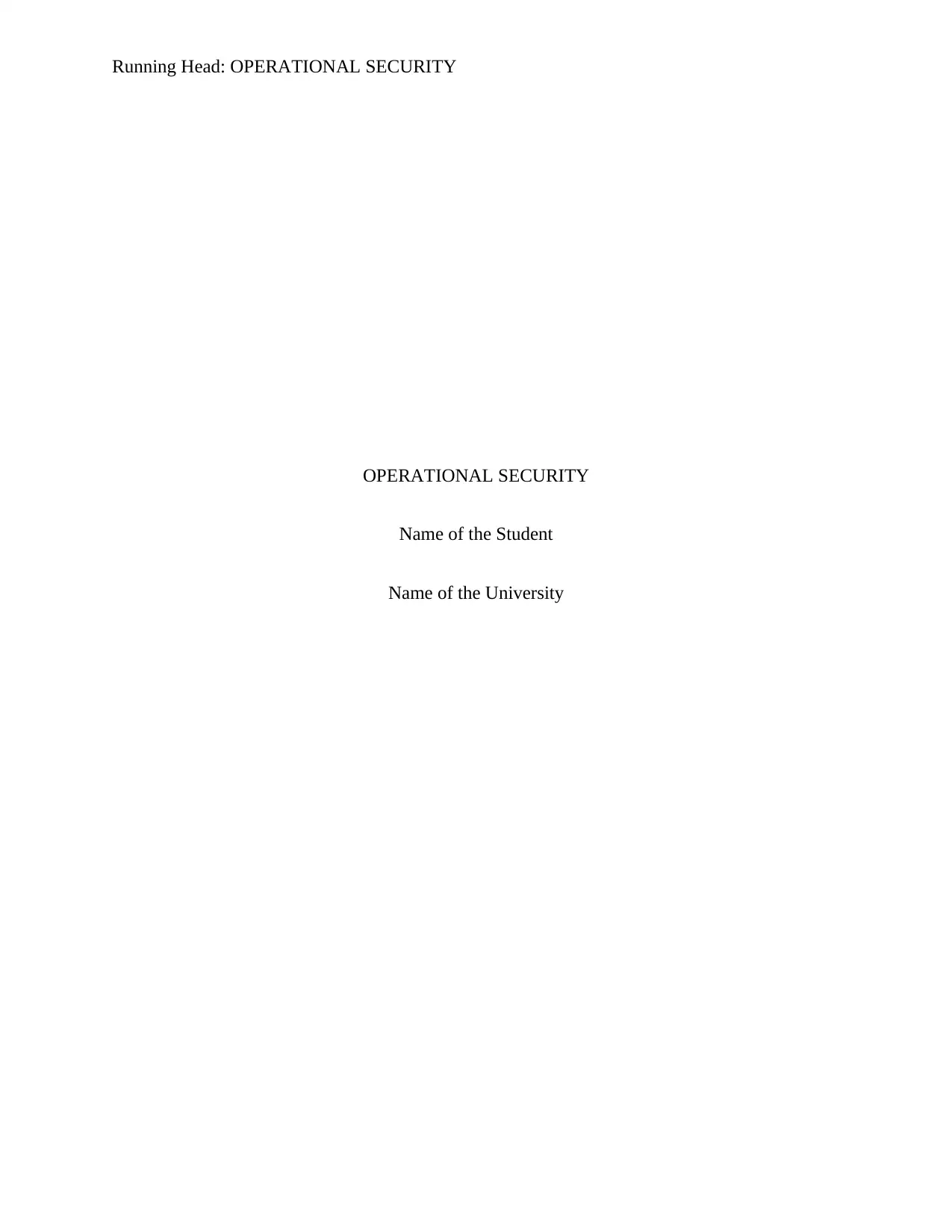
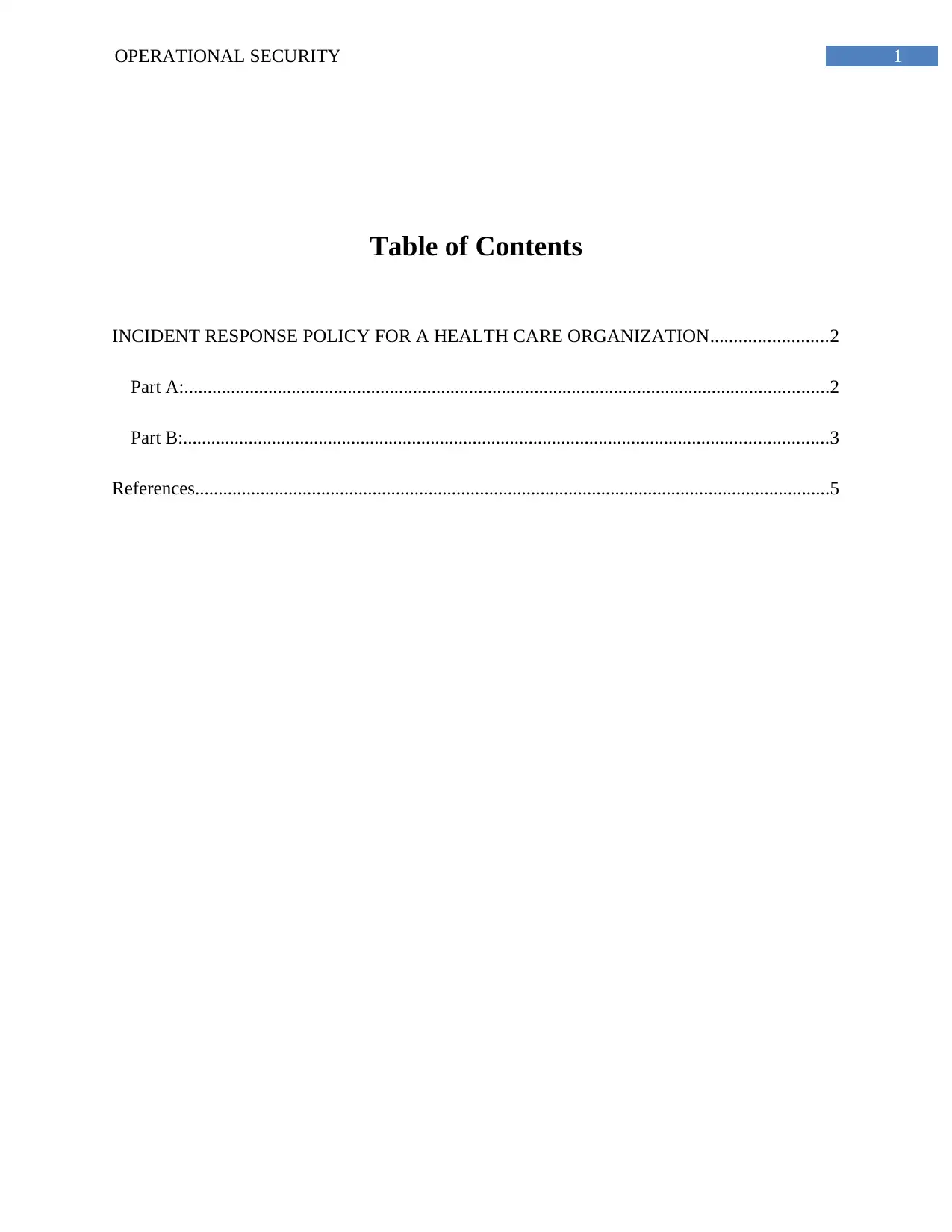
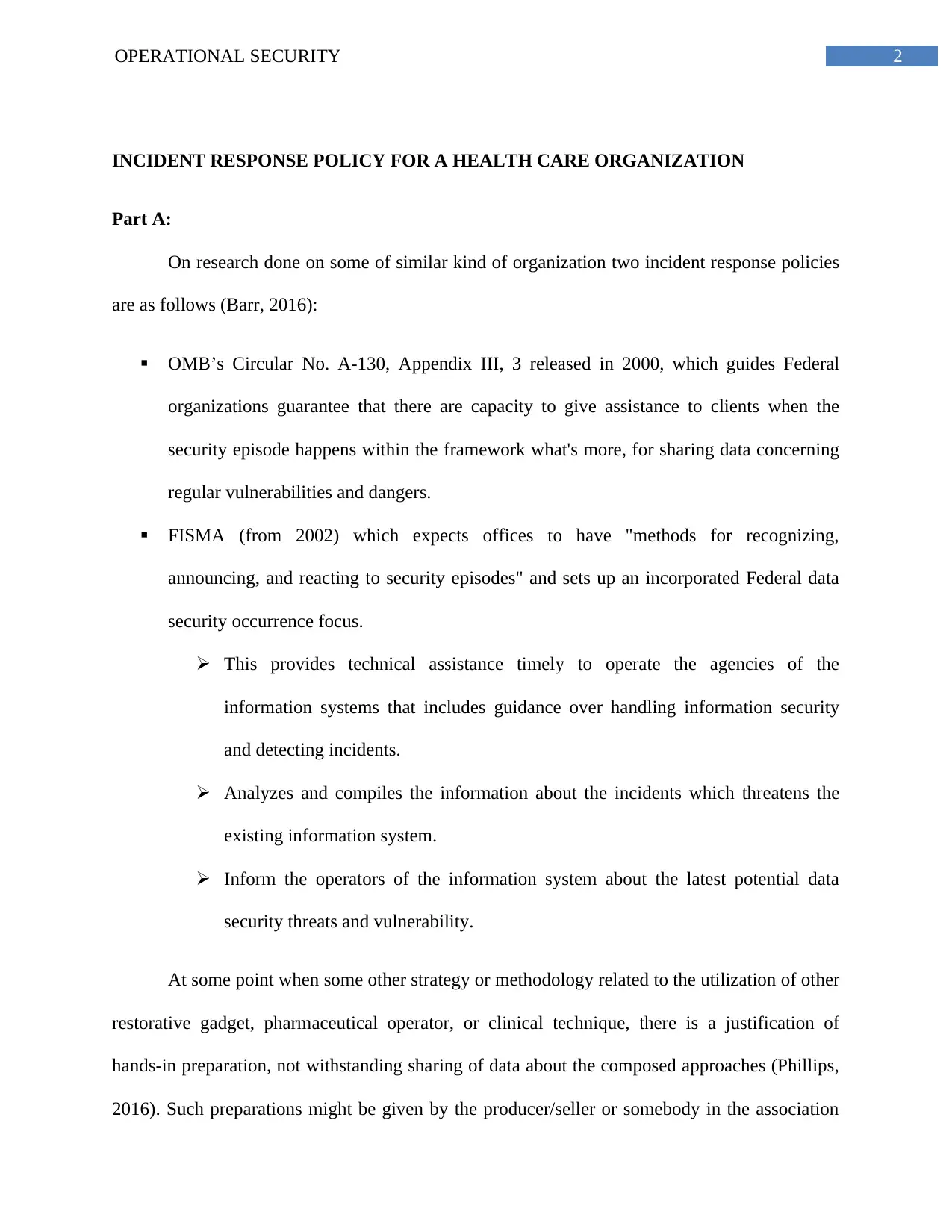

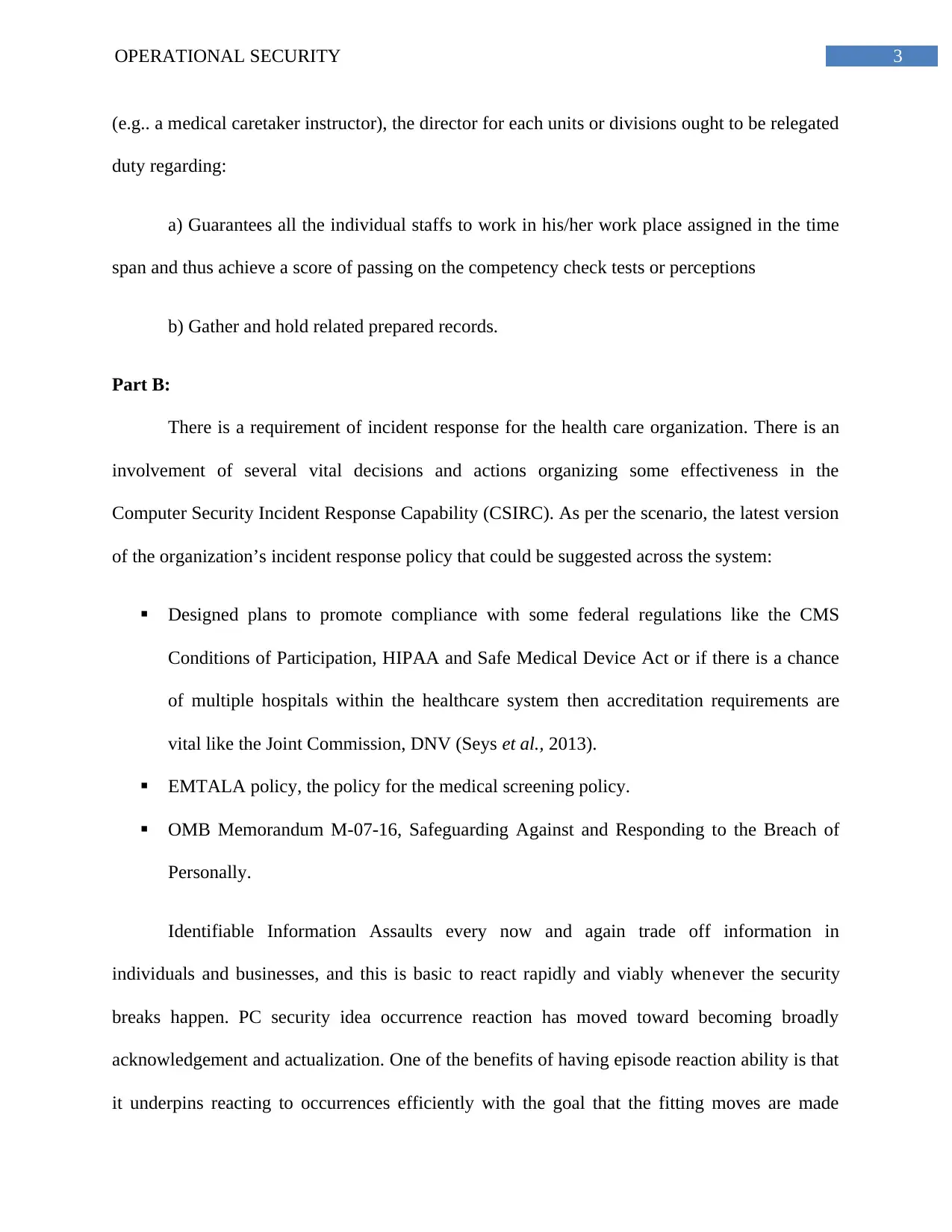
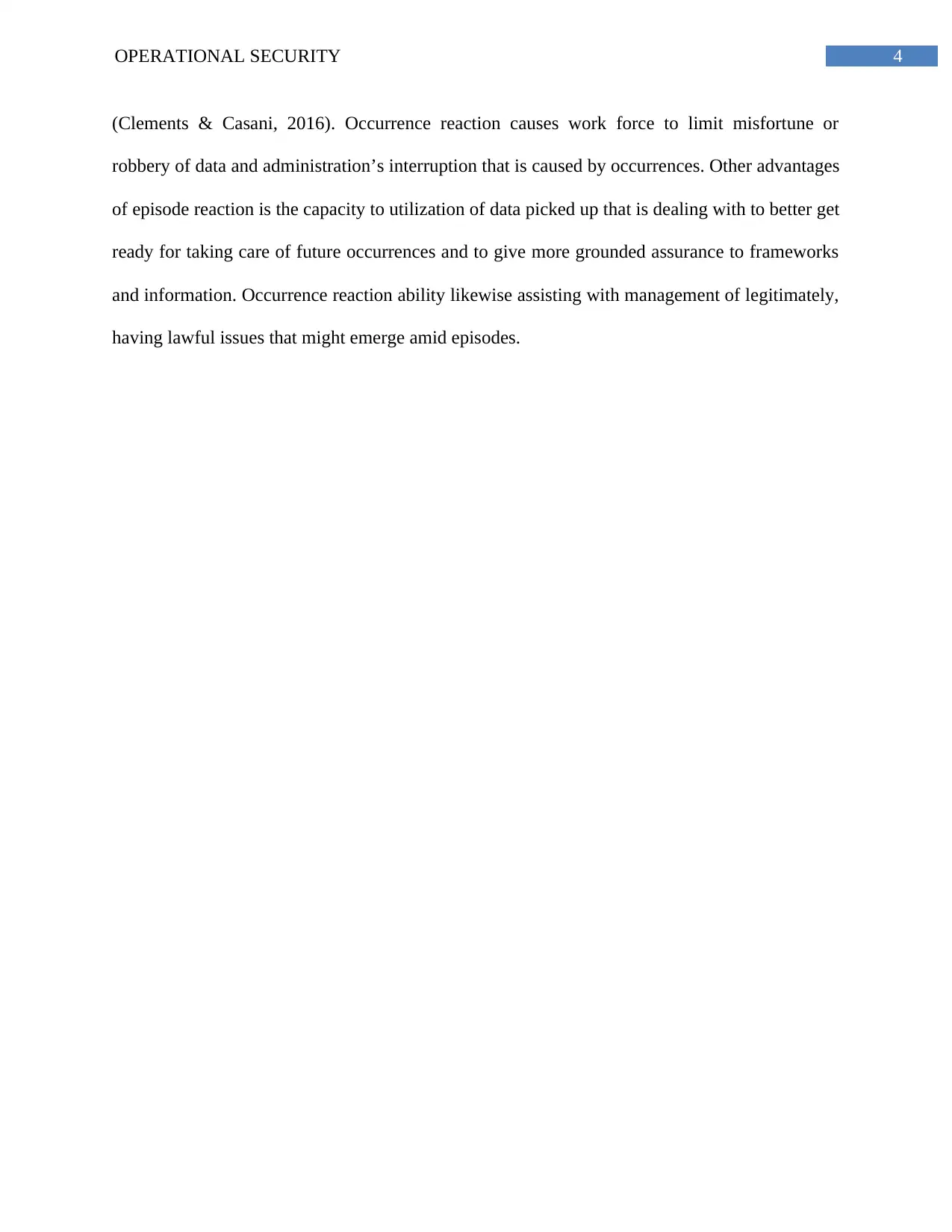
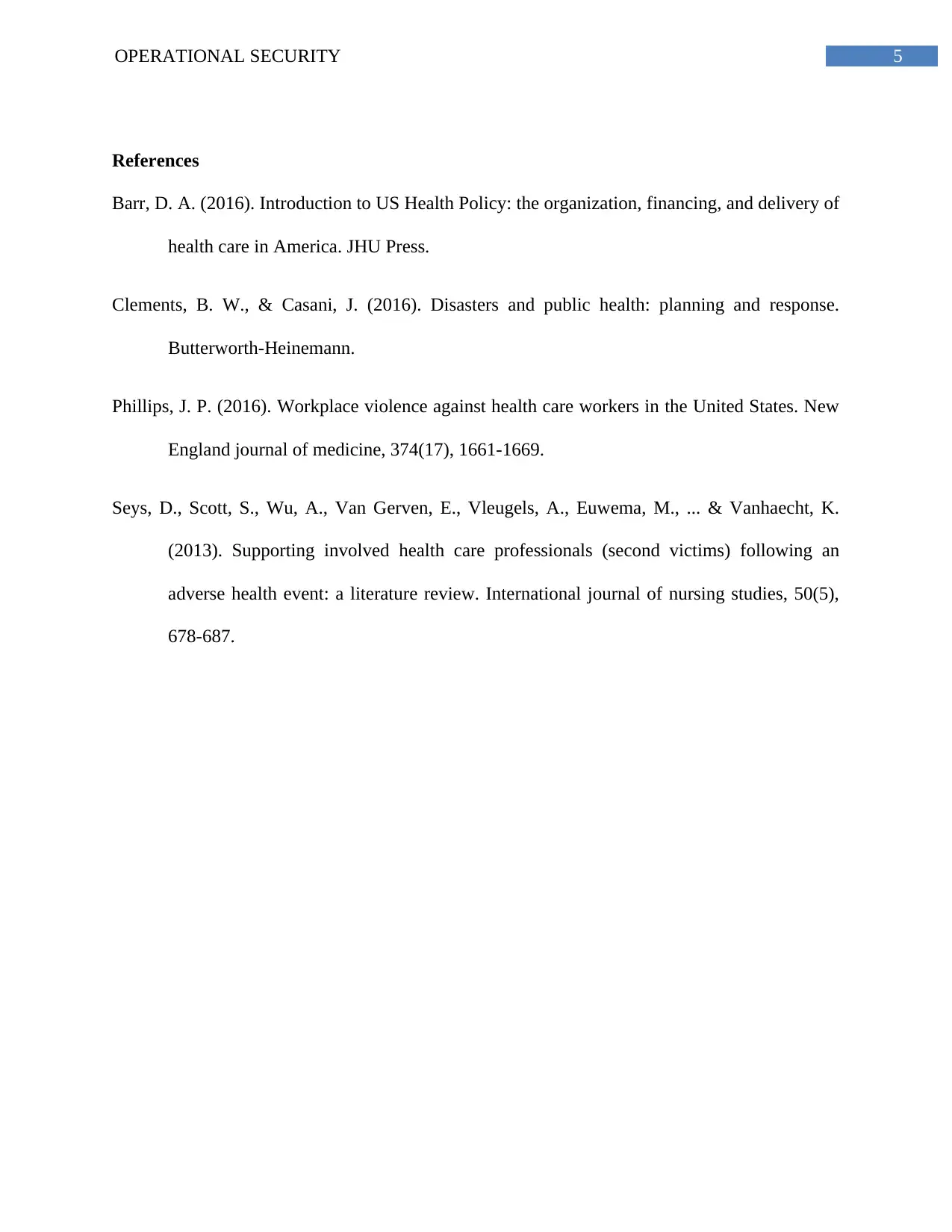






![[object Object]](/_next/static/media/star-bottom.7253800d.svg)